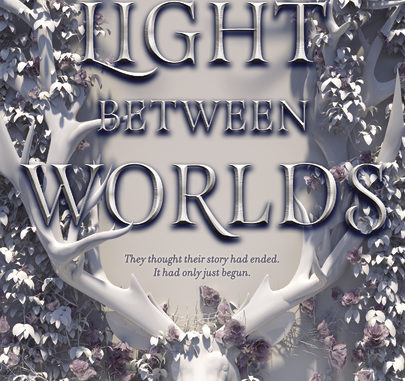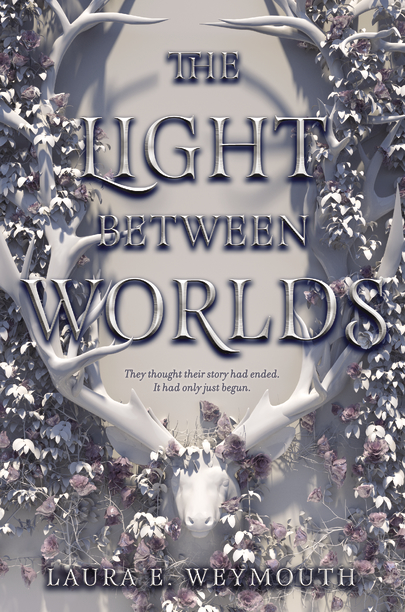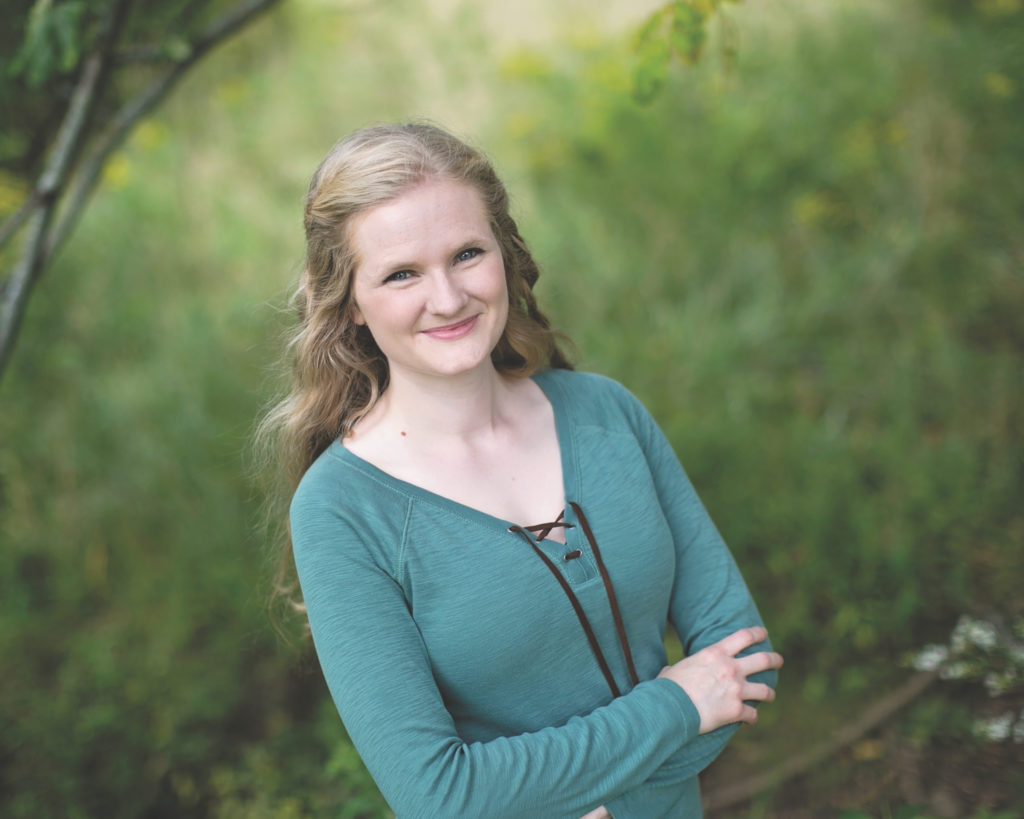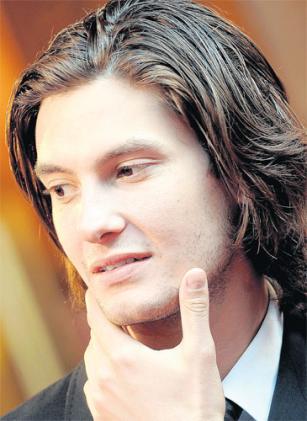
Hey, everybody! Welcome back to “Through a New Wardrobe”, where we sit down and chat with some of today’s hottest writers who have been influenced by CS Lewis and the Land of Narnia. For today’s interview we sit down with author Laura E. Weymouth and discuss her novel The Light Between Worlds.
NARNIAFANS: Tell us a bit about yourself, for our readers that might not know much about you.

LW: Hi everyone! I’m a Canadian living in exile in America, and the sixth consecutive generation of my family to immigrate from one country to another. I grew up in the Niagara region of Ontario, but now live at the edge of the woods in western New York, along with my husband, two wild-hearted daughters, a spoiled cat, and an indeterminate number of chickens.
NF: How do you find time for writing?
LW: Currently, I work a *lot* of night shifts. I joke that my authorial office hours are from 8pm till 11pm, and that’s not far from the truth. My kids are still only 6 and 4, and life is really busy, but I enjoy being able to show my daughters that it’s possible to balance family and creative passions, if you’re willing to put in the work and do a lot of rearranging.
NF: Growing up did you have a favorite Narnia book? Why that one?
LW: My favorite has always been Voyage of the Dawn Treader. I love everything about the ship and the journey and the fascinating new islands Lucy and Edmund and Eustace explore along their way. And there’s something so achingly magical about the scene at the end, where the characters reach the world’s end and meet Aslan and are sent on their separate ways. It’s just a beautiful, enchanting book.
NF: Who was your favorite character?
I love Aravis because she’s so fiercely independent and lives her life with such bold, takes-no-prisoners passion. I will also NEVER forgive Aslan (or by extension, CS Lewis) for what he did to Aravis towards the end of The Horse and His Boy—that’s not a reasonable method of showing someone the error of their ways.
NF: In what way would you say that CS Lewis and the Narnia books influenced you as a writer?
LW: They taught me to look for hope and magic, in both the world around me and the world on the page. They showed me that there’s great value in continuing to view the world through the eyes of a child, and to always be on the watch for moments of wonder.
NF: Can you give us a quick teaser for The Light Between Worlds that will give us an idea of what we’re in for?
LW: Sure! The Light Between Worlds is the story of three siblings—Evelyn, Philippa, and Jamie Hapwell—who are swept away to a magical other realm called the Woodlands during an air raid in WWII. But rather than closely following the siblings’ adventure in that other realm, The Light Between Worlds focuses on what happens after they get back—how they cope, how they do or do not adjust, and what it’s like to have your life so fundamentally uprooted by an experience you can never tell anyone else about. Conceptually and archetypically, the story nods to the Narnia books, but also very much stands on its own.

NF: What were your inspirations for the story of The Light Between Worlds?
LW: We see a lot of Big Adventures in Young Adult fantasy, and I’ve been wanting to write a story about the aftermath of one of those adventures for a long time. And I really wanted to write a book that included some of the things I loved seeing in books as a teen—beautiful poetry, and art references, and settings that feel real enough to step into.
NF: What themes did you try to convey in the story?
LW: At its heart, The Light Between Worlds is about home and belonging. Where do we belong? Is home a place we find or a place we make? Can we ever really return home once we’ve left? Is it possible to be happy when you’re not sure where you belong? So there’s that. It’s also about the harm war does, not just to those directly involved in conflict, but to those who end up as collateral damage. And lastly it’s about holding onto hope in the middle of hardship.
NF: One challenge in YA fiction is maintain a sense of authenticity in a book set in the past. I’ve read some that were even set 15 years ago that feel more like 2018. Your book however feels exactly like is set in the London of 1949 to the point that I could almost see Jamie, Philippa, and Evelyn Hapwell being schoolmates with Peter, Susan and Lucy Pevensie from Narnia. How did you achieve this? What kind of research did you do?
LW: I’m a former Medieval and Renaissance Studies major, and read/watch historical dramas from all time periods voraciously, so I came to this book with a fairly good instinct for how to build an immersive historical setting. And I did plenty of research, which is a process I enjoy anyway—I had to look up precisely what was still rationed in 1949/50, what an air raid actually sounded like, which bits of the National Gallery were still damaged in 1950, what the floor plan of the Gallery looked like then, what sort of cars Jack and Jamie would have driven, how art restoration actually *works* (I don’t have any sort of background in it), and the list goes on. I probably put 50 hours into research alone for this book, but it was fascinating and rewarding, and hopefully paid off!
NF: One thing intriguing to me in your fantasy world was that your Aslan figure, Cervus, was a Stag. What influenced this choice?
LW: I actually went on a field trip to a red deer farm when I was in elementary school, and was incredibly struck by how huge and regal red deer stags really are. So when I had come up with a creature to serve as Guardian of the Great Wood, the choice was obvious!
NF: How did you come up with the title?
LW: The quick answer is, I didn’t, my team did! The long answer is that we went through five titles before getting to The Light Between Worlds—the book started as The Once and Future Queen, became The Forever Queen, transformed into The Weight of Worlds, briefly spent time as The Vanishing Kingdom, and finally ended up as The Light Between Worlds, which is a title my excellent UK publisher, Chicken House, fielded.
NF: Are any of the experiences in the book based on someone you know, or events in your own life?
LW: Evelyn is very much me as a teen. I had that same acute sense of unbelonging, that manifested in depression and self-harm. Phil’s more myself now—I cope better, internalize more, but still sometimes default to a few destructive behaviors.
NF: Wow. Let me be honest and say, that I’m glad to hear that you made it through the other side. May I ask, if it’s not to personal, what helped get you from the “Evelyn” point to the “Phil” point in your life?
LW: You know, there were a lot of factors involved. While I was a teen and really struggling with a lot of things, it was immensely helpful to find books in which characters went through periods of depression or despair. Seeing what I was going through in fiction, when I felt like I couldn’t really talk about it, made a huge difference. That was one of the driving forces behind me writing The Light Between Worlds, too–books in which characters grapple with depression, but that end with hope and possibility, were so vital in my life and I wanted to add to their number.
There were other things too, of course. Age and time were helpful, as I came to realize that we all have darker and brighter seasons in life. And I came back to the Christian faith after walking away for a few years, which was and is a great source of comfort. I don’t think I’d have come back if it wasn’t for CS Lewis’s nonfiction–in particular, Surprised by Joy–and for Madeliene L’Engle’s candid, open-hearted way of speaking about faith, doubt, and the creative life.
NF: What was the hardest part of writing The Light Between Worlds?
LW: Getting into Ev’s headspace. I have to feel what I’m writing in order to convey genuine emotion in a scene, so I had quite a few miserable evenings over poor Ev and her struggles.
NF: Did you learn anything from writing The Light Between Worlds? What did you learn?
LW: To trust my instincts and give myself full creative rein when working. I’d written something prior to The Light Between Worlds that was perhaps more commercial, but also not unique enough for anyone to take a chance on it in today’s very competitive fantasy market. So with The Light Between Worlds I gave myself permission to just write the book *I* wanted to read, and to break whatever rules I felt like breaking along the way. It all seems to have worked out 😊
NF: If you had to choose, which writer would you consider a mentor?
I know I should say CS Lewis, given the direction of this interview, but Madeleine L’Engle’s had a profound influence on my work, both through her fiction and nonfiction. She herself broke a lot of rules, stuffing her books with art and poetry and music, time travel and religion and science. She wrote with joy and courage and abandon, which I aspire to do as well.
NF: Please tell me there will be a sequel!
LW: I don’t have plans for one at the moment, unfortunately!
NF: What are your current projects?
LW: I have a second book coming out in September, which is also a standalone fantasy. It’s set in an alternate history England, where the well-being of the land is tied to and governed by five sentient magical manor Houses. Violet Sterling, the main character, has a long family history with one of the manors and becomes Caretaker of Burleigh House, only to discover that her House is slowly dying.
NF: Thank you so much for your time, Laura. It’s been an absolute delight to talk with you and read your book. Look for our review of the book coming soon.



